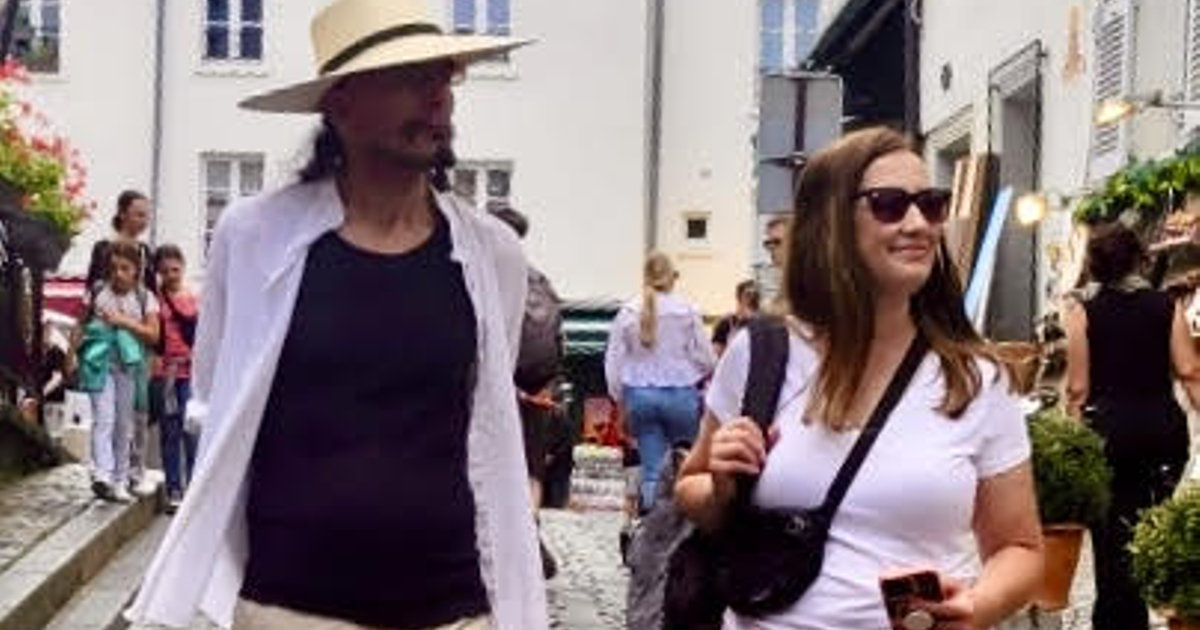After having read all seven volumes of Remembrance of Things Past (or sometimes translated as In Search of Lost Time) by Marcel Proust years ago, I always wanted to go back to Paris again, particularly in light of not only after having completing my trilogy (not to mention taking far more time on my opus than Marcel did on his [seven volumes]), but perhaps most of all, because of the similar approach we both used. Yes, my hubris once again surfacing, entertaining what some may be convinced is merely another delusion of grandeur (Burt ranked In Search of Lost Time as the fourth greatest novel of all time), but isn’t any artist who spends their whole life on something that has no guarantee just as convinced? Write the book you always wanted to read and paint the painting you always wanted to see. Of course, just because the French critics loved my art work was certainly no guarantee my trilogy would be met with equal success.
That being said, getting back to the theme of dreams versus reality, I determined to continue the rest of our trip with that in mind, since what city could rival Paris when it came to dreams? America, yes, as a country, the Golden West and the Western Expansion, but there was no one city in terms of destination once people from all over the world arrived in New York. Granted for some, New York was the destination, but for others it was merely the starting point. But Paris – up until the 20th Century – was the art center of the world. And unlike literature, where you can read any novel, paintings are best experienced in person.
Now this is not a travelog, nor is it a statement on what you can read and see in any good art book, but merely an opinion on what I consider the most important and most powerful means of changing the world. Cynical as it may sound, we more often make our decisions based on our emotions rather than our intellect. We more often use our intellect to justify our emotions. Over 6,000,000 Jews died in the Holocaust. For many it’s merely a number. But put a face on just one little girl and you’ve put a face on fact. As I had earlier mentioned, in Schindler’s List, Spielberg in that black and white film, only used one color – once – the blood red jacket on the little girl shortly before she was figuratively led to the slaughter.
“Where there is no vision, the people perish.” Proverbs 29:18
The same goes for art. After all, what is art? A distortion of reality to show a greater reality? Some art is merely a reflection of the times. While some change the times. “So you’re the little lady who caused the big war.” Abraham Lincoln to Harriet Beecher Stowe.
To be continued

